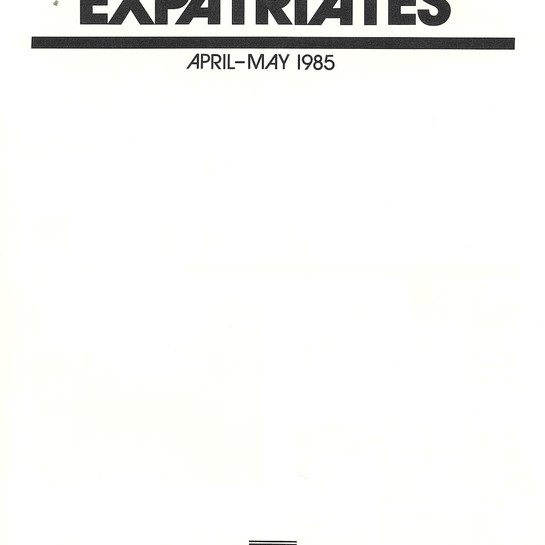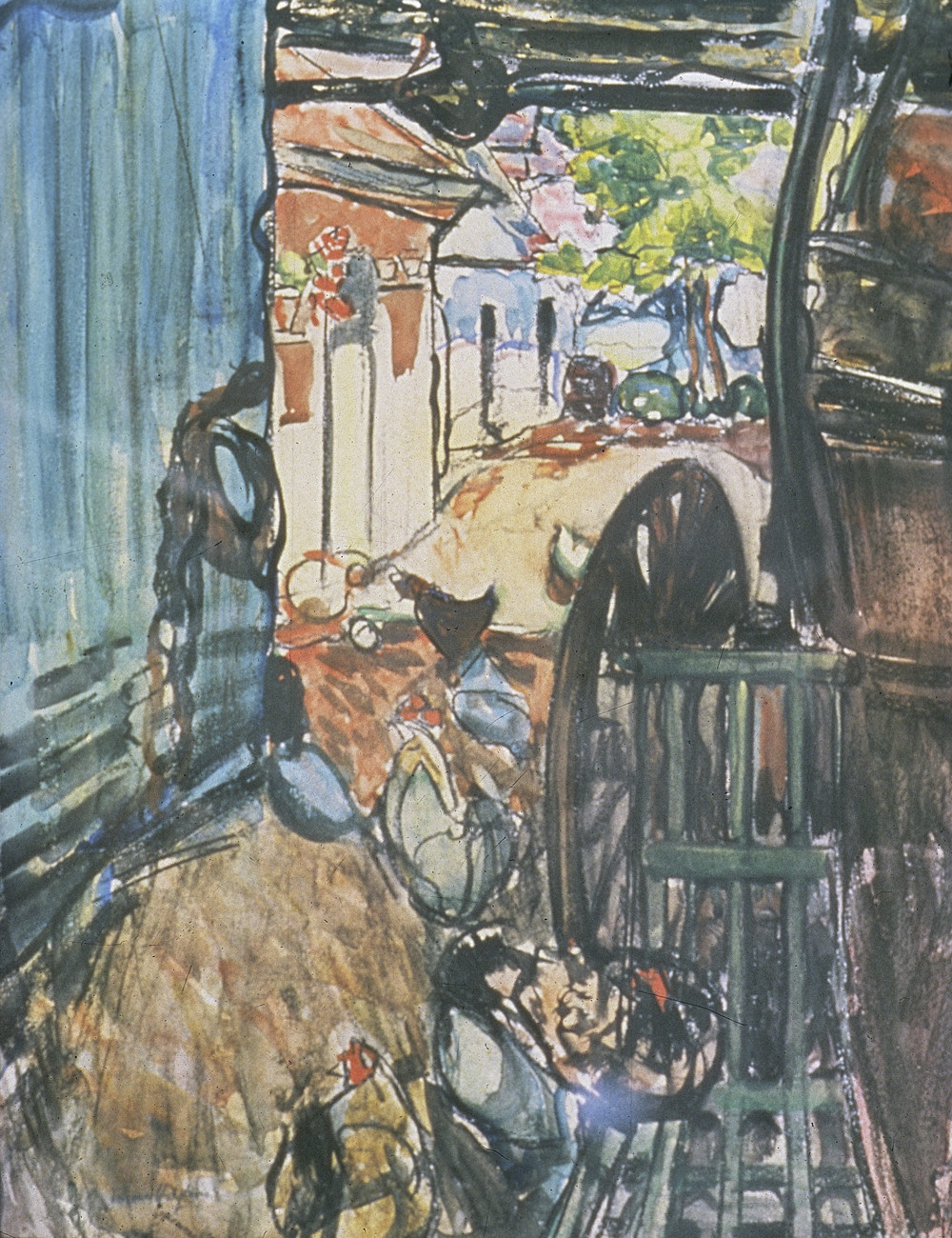Frances Hodgkins
Aotearoa New Zealand, b.1869, d.1947
A Barn in Picardy
- 1914
- Watercolour
- Christchurch Art Gallery Foundation Collection, purchased 1996
- 710 x 610mm
- L81/36
- View on google maps
Tags: barns, buildings (structures), carts, farms, flowerpots, flowers (plants)
Brought to light, November 2009- 22 February 2011
‘A barn in Picardy’ dates from June 1914, when Frances Hodgkins had established a teaching studio in the French village of Equihen, Picardy. Although Picardy was popular with British artists, the weather during Hodgkins’s stay was atrocious and by mid July she and her students had abandoned the village for Concarneau in Brittany. The idyllic farmyard scene belies the political turmoil in Europe at the time and the beginning of the First World War at the end of July. Her class dissolved, and after several weeks of ‘anxious wandering’ she finally reached the safety of England in late September. She based herself at St Ives, Cornwall until the end of the war.
Exhibition History
Frances Hodgkins stayed in an artists’ studio cottage in the small village of Equihen in Picardy in 1914. The region is in the north east of France and here she has captured a relaxed rural scene. Hodgkins’ style is bold and vigorous and she has made strong use of line to define form. The painting was made not long after the collection of watercolours she had done during a five month visit to Italy had been stolen from a train as she headed northwards for Paris. Hodgkins was born in Dunedin, where her father was a part-time watercolourist. After studying at the Dunedin School of Art, in 1901 she went to Europe to study. In 1903 Hodgkins was the first New Zealander to be ‘hung on the line’ at the Royal Academy. Hodgkins travelled between New Zealand and Europe until 1913 when she returned to Europe. She lived in Paris, at St. Ives in Cornwall, London and Dorset, holding solo shows at many prestigious galleries. (Label from 2004)



